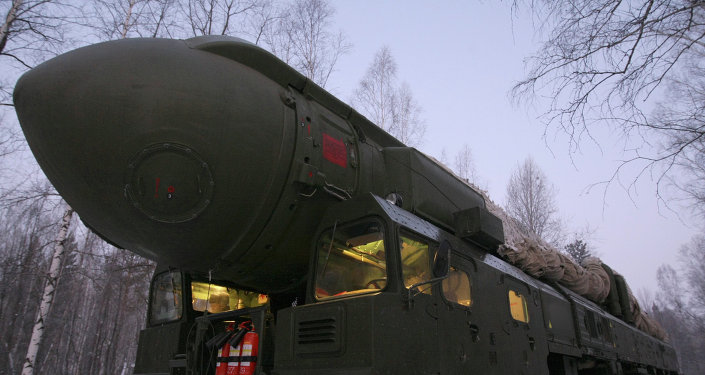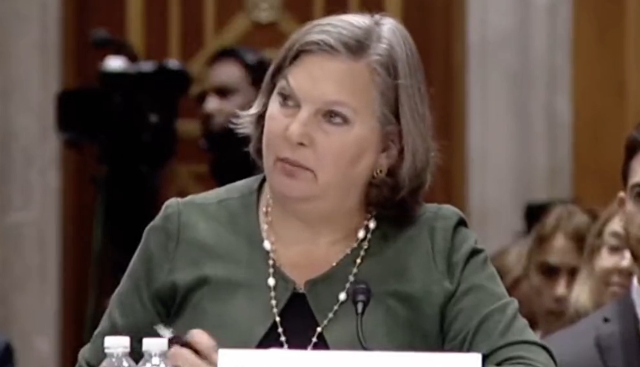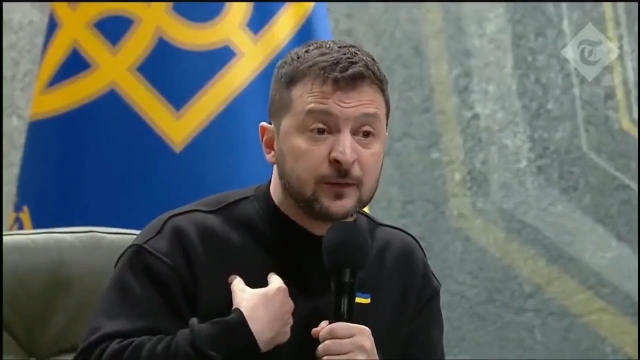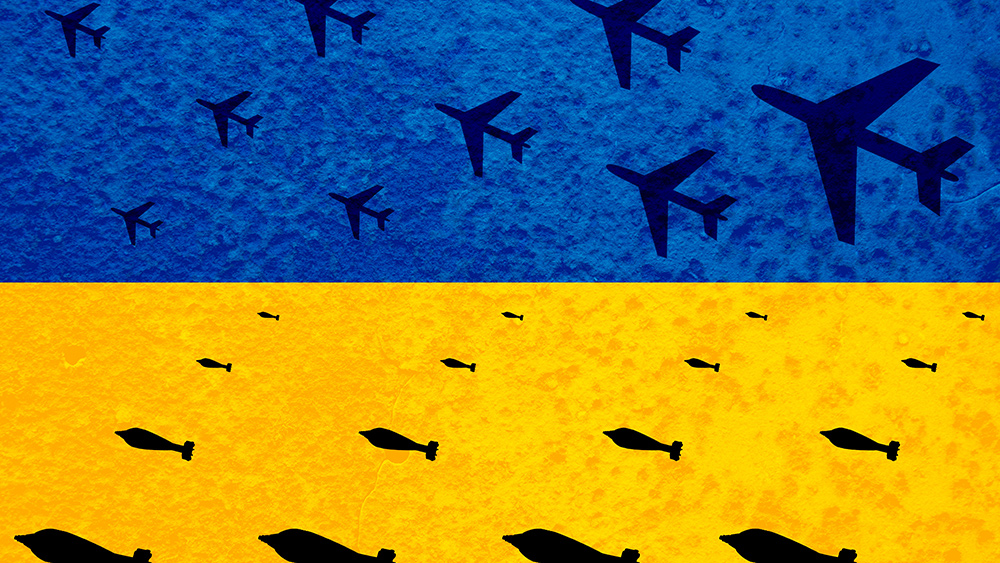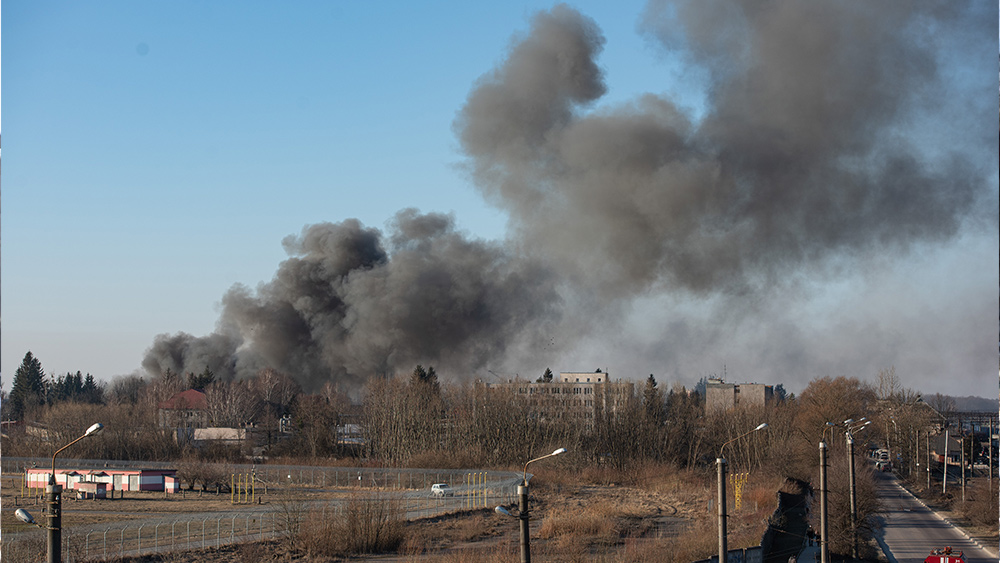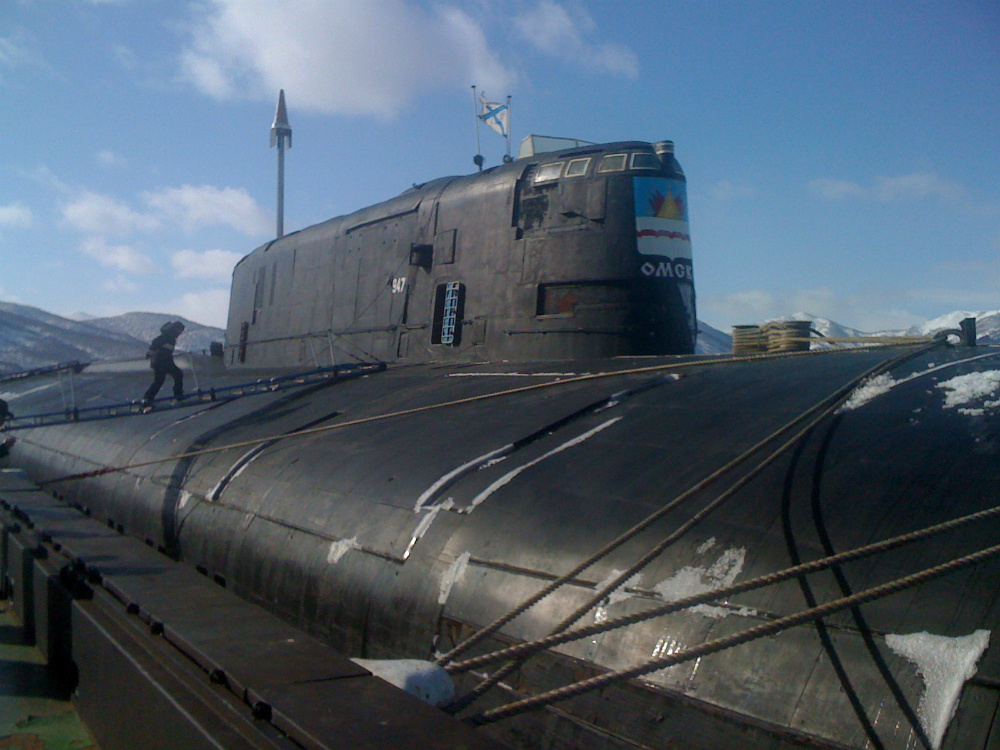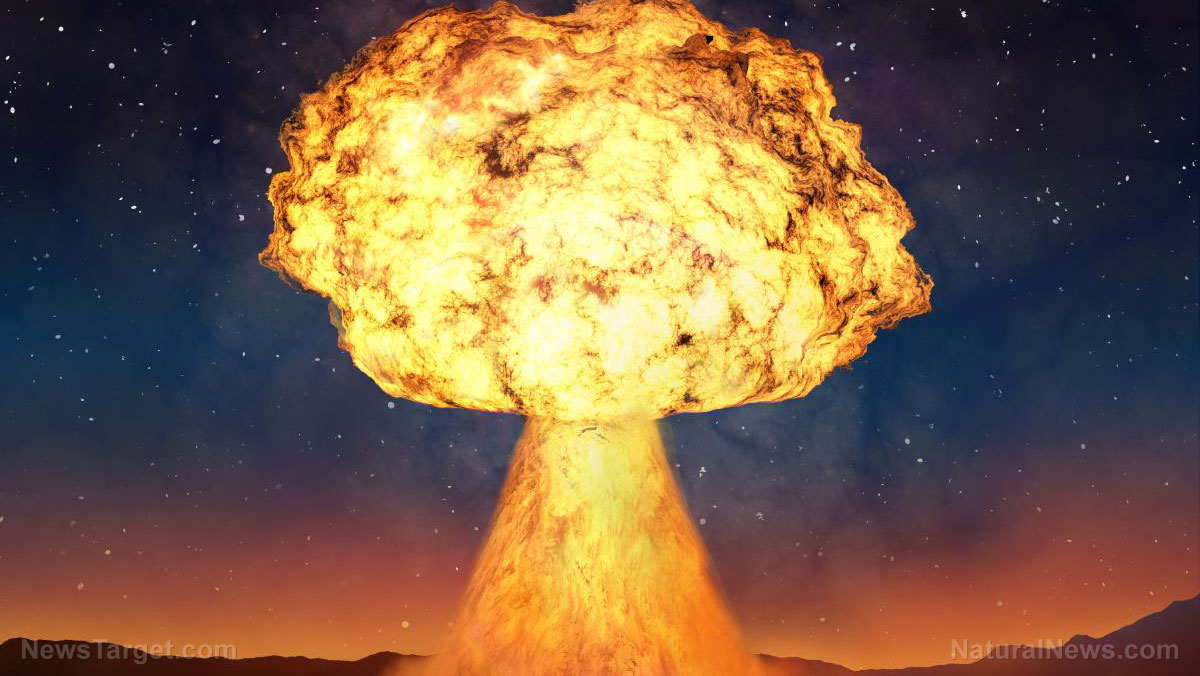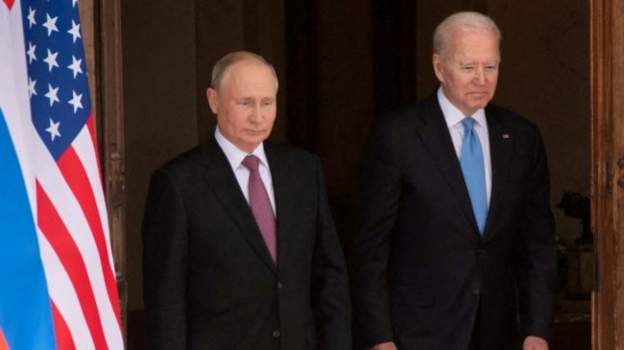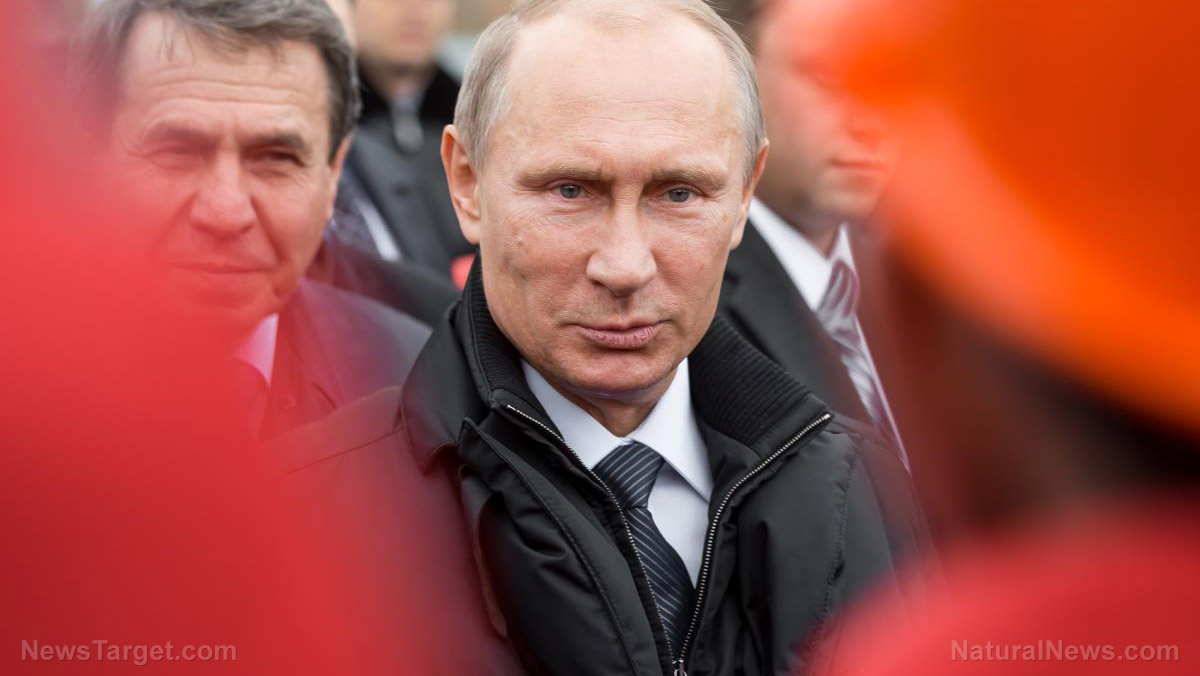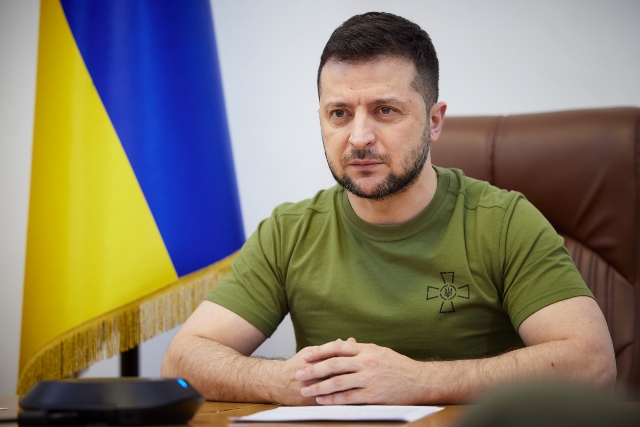Moscow warns of retaliation over U.S. missile deployment in Germany
07/22/2024 / By Richard Brown

Moscow has officially warned that it will leave all options on the table in response to the planned deployment of U.S. nuclear-capable Tomahawk and hypersonic missiles in Germany.
Former DoD analyst Karen Kwiatkowski explains why Washington’s decision is so dangerous and why the Biden administration is proceeding anyway.
Russian Deputy Foreign Minister Sergei Ryabkov told reporters on Thursday that U.S. plans to deploy long-range cruise and hypersonic missiles in the heart of Europe may prompt a tit-for-tat response from Russia.
The senior Russian diplomat emphasized that the Kaliningrad region, expected to be targeted by the U.S. long-range missiles from Germany, will continue to have its security guaranteed if and when the American weapons are deployed. (Related: Russian political scientist warns: The world is “on the edge of an abyss.“)
“If the representatives of the German government consider it justified to start some kind of escalatory measures under the pretext of what [capabilities] we have in this particular region, we will react in terms of compensatory measures in a way we deem to be most acceptable,” Ryabkov said.
Earlier in the day, German media published an interview with German Defense Minister Boris Pistorius, in which he suggested that Berlin’s agreement to host the American long-range weapons was “nothing more than countering the threat from Russia in connection with the deployment of Iskander missiles in the Kaliningrad region.”
Pistorius assured that the current U.S. plans bear no resemblance to the original 1980s Euromissile crisis, which brought the planet to the brink of a world-ending nuclear war in 1983, accompanied by the largest popular mass protests in modern European history.
Three million people in Western Europe and two million more elsewhere, protested the U.S. deployment of Pershing II ballistic and nuclear cruise missiles in the fall of 1983.
“There is no doubt a domestic stimulus impact that the administration hopes to leverage – plus a Biden administration sense of urgency as they and much of NATO recognize that U.S. NATO policy could be rapidly reversed under a Trump administration,” Kwiatkowski explained.
Deployment of Tomahawk and hypersonic missiles to increase nuclear tensions
Just as the 1980s Euromissile crisis dramatically increased nuclear tensions by moving strike systems to within a few minutes’ flight time of Moscow, which meant that Soviet officials would have only moments to identify, analyze and respond to a possible enemy attack, Kwiatkowski expects the planned 2026 deployment to raise the specter of an irreversible nuclear escalation in a similar manner.
The deployment will heighten regional tensions “not only between NATO and its target adversaries, but also between the people in Europe and their own governments and the European Parliament,” she said.
The fears in Moscow during the Euromissile crisis were not mere paranoia.
In November 1983, the Soviet military put its nuclear forces on hair-trigger alert in preparation to respond to NATO aggression after the alliance kicked off its Able Archer war games, which simulated an all-out attack on the USSR. NATO did not recognize the seriousness of the nuclear danger caused by its provocations until many years later.
If the U.S. proceeds with the missile deployment two years from now as planned, it is uncertain what kinds of security crises such a step could foster, especially in light of the Western alliance’s 1,000 km eastward advance toward the Russian border through NATO expansion, the ongoing, highly dangerous and escalatory proxy war in Ukraine and Pentagon scheming with its so-called Prompt Global Strike (Conventional Prompt Strike) initiative.
This initiative envisions a massed conventional missile attack against strategic adversaries to decapitate their leadership and eliminate as much of their nuclear potential as possible – a concept far more dangerous than anything conceived during the Cold War.
The Soviet Union and the United States signed the Intermediate-Range Nuclear Forces Treaty in 1987 to eliminate land-based nuclear weapons platforms in the 500-5,000 km range, with the agreement designed to reduce nuclear risks in Europe.
Washington pulled out of that agreement in 2019 and immediately resumed the testing and development of a new range of long-range ground-launched missiles.
Visit RussiaReport.news for similar stories.
Watch this video of an interview with international relations and Russian affairs expert Gilbert Doctorow explaining how the Kremlin will respond to any direct attack by the West.
This video is from the Neroke-5 channel on Brighteon.com.
More related stories:
Russia blames the U.S. for Ukrainian missile attack on Crimea.
Sources include:
Submit a correction >>
Tagged Under:
big government, chaos, dangerous, Germany, insanity, military technology, missiles, national security, NATO, nuclear, nuclear war, nuclear weapons, Russia, Russia-Ukraine war, traitors, U.S., Ukraine, weapons technology, White House, World War III
This article may contain statements that reflect the opinion of the author
RECENT NEWS & ARTICLES
COPYRIGHT © 2022 RussiaReport.news
All content posted on this site is protected under Free Speech. RussiaReport.news is not responsible for content written by contributing authors. The information on this site is provided for educational and entertainment purposes only. It is not intended as a substitute for professional advice of any kind. RussiaReport.news assumes no responsibility for the use or misuse of this material. All trademarks, registered trademarks and service marks mentioned on this site are the property of their respective owners.

